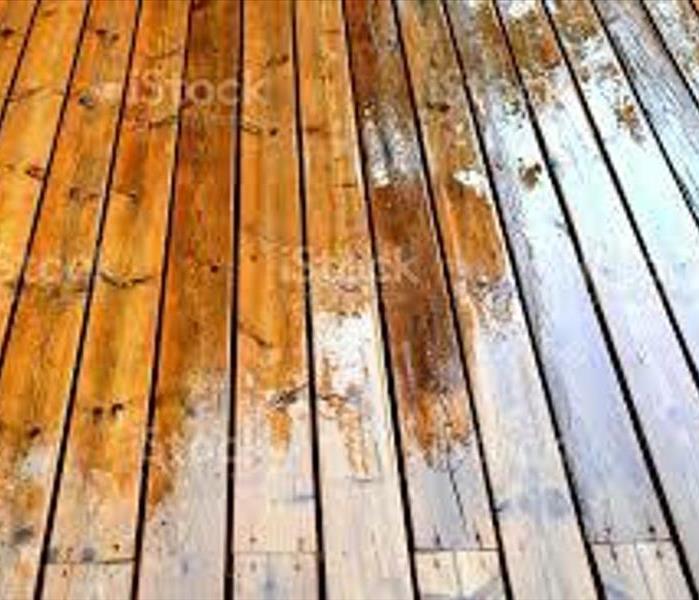How to Spot Water Damage on Floors
3/3/2022 (Permalink)
Flooring is an essential — if not underappreciated — element of the home. While your family relies on sturdy flooring for everyday activities, perhaps this is most clear when your floors become damaged.
Your floors may experience water damage for many reasons — including water heater leaks, broken pipes and natural disasters like hurricanes or floods. However the incident occurs, odds are you’re left asking whether you should replace or repair your floor.
Each situation is different, but details like the type of flooring, the extent of damage, and the cost of repairs versus replacement will help determine which decision is best for you. Here are some tips for dealing with water-damaged floors.
If you’ve experienced a leak, flood or another water-related incident, it’s important to check the flooring around the affected area. Pay special attention to water damaged hardwood floors. Hardwood is one of the flooring types most susceptible to water damage. The longer your flooring was wet, the deeper the water may have traveled.
Odds are, you’ll know if the floor sustained damage when you inspect it. Abnormalities are typically clear signs of water damage.
Here are some specific issues to look for in your flooring:
- Buckling: Buckling occurs when the flooring detaches from the subflooring beneath it. Your floor may separate at the seams or peel upward.
- Crowning: When flooring loses moisture, it can shrink on the underside. This moisture loss leaves planks rounded, with a high point in the middle and low points on the edges.
- Cupping: When your floor absorbs moisture, plank edges may curl upward — leaving the middle of the plank with a slight depression.
- Discoloration: Any change in color may indicate mold or mildew. Inspect new stains and dark spots for growth.
- Warping: Any abnormal bubbling, peeling, cracking in the flooring could indicate damage.
- Odor: Unusual odors could indicate mold and mildew in the flooring or subflooring.
If the flooring shows only minor indications of damage, you may be able to resolve the issues by thoroughly drying the affected area. If not, you’ll need to consider restoration options. Some damage only appears after several hours, so give your flooring plenty of time to dry and show changes.
After you’ve identified the type of water damage your flooring has, you can decide whether you want to repair or replace it.





 24/7 Emergency Service
24/7 Emergency Service
